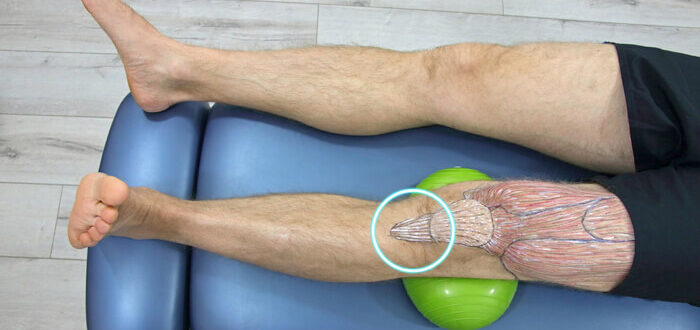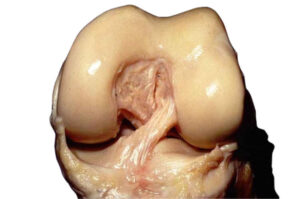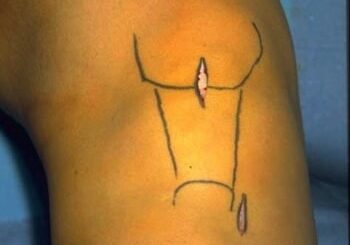
ACL reconstruction: patellar tendon

Written by Michael de Levie

Co-written by dr. Wybren van der Wal
There are four different tendons an orthopedic surgeon can choose from to restore knee stability during anterior cruciate ligament surgery. The four tendons are: quadricepstendon, patellapees, hamstring tendon and donor tendon. This blog is about the patellar tendon. We will discuss what a patellar tendon is and the advantages and disadvantages of this tendon.
All about the patellar tendon as an anterior cruciate ligament
Every year in the Netherlands, about nine thousand people undergo anterior cruciate ligament reconstruction. A tendon that will function as a cruciate ligament is used to make a new one. There are several options for this. The tendon used to make a cruciate ligament from is called a "graft" in medical jargon. Which tendon your anterior cruciate ligament will be made from is useful to know. In this blog, you'll read about the factors the orthopedic surgeon uses to choose your graft and the differences between grafts.
Michael de Levie and Wybren van der Wal Orthopedic surgeon at hospital the Gelderse Vallei in Ede.
What is an anterior cruciate ligament?
The ACL is a Dynamic structure, rich in neurovascular supply and comprised of distinct bundles, which function synergistically to facilitate normal knee kinematics in concert with bony morphology. Characterized by individual uniqueness, the ACL is inherently subject to both anatomic and morphological variations as well as physiologic aging.
– Freddie Fu –

Patella tendon
The kneecap tendon (patellar tendon) is attached to the underside of the kneecap and extends to the front of the lower leg. The tendon is responsible for stretching the knee. Using the patellar tendon to repair the cruciate ligament is a technique that has been used for a long time (1963). It is also called the Bone Patella Bone (BPB) technique. The name refers to the bone blocks at the ends of the patellar tendon (kneecap tendon). During surgery, two bone blocks are sawed out. One bone block comes from the lower leg where the patellar tendon attaches (tuberositas tibiae) and the other bone block comes from the lower part of the kneecap.
Benefits patellar tendon
The patellar tendon is a strong and stiff tendon. This makes it a commonly used tendon for anterior cruciate ligament reconstruction. Another advantage of the patellar tendon over the hamstring technique is that it is less likely to dull the skin. Another advantage is that the bone blocks of the graft grow into the tunnels faster (5-6 weeks). The fusing process can be compared to the healing process of a bone fracture.
The patellar tendon with the bone blocks at the ends.
Disadvantage of the patellar tendon
Benefits:
- Strong and rigid tendon.
- Smaller chance of skin dullness.
- Rapid ingrowth of the bone blocks 5-6 weeks.
- Good fixation of bone to bone.
Disadvantages are:
- Greater likelihood of persistent pain in the front under the kneecap (where the bone blocks were removed). This often causes symptoms when sitting on the knees.
- Slower recovery and building of upper leg muscles.
- Increased risk of knee stiffness with stretching and bending.
- Low risk of kneecap fracture.

Drawing anatomy for determining insicion
The anterior cruciate ligament surgery in 5 steps
- Removing the tendon from the thigh.
- Watch surgery; the knee is assessed on the inside and any other injuries are treated (such as a meniscus tear or cartilage defect)
- Drilling tunnels in the lower leg and upper leg (into which the new cruciate ligament will be placed)
- Inserting and fixing the cruciate ligament in the tunnels
- Closing the wounds.
The anterior cruciate ligament surgery by patellar tendon technique.




